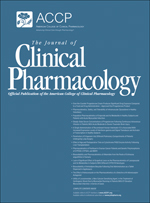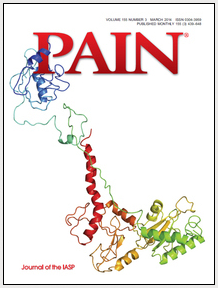
“Rheumatoid arthritis (RA) is a chronic, inflammatory, synovitis-dominated systemic disease with unknown etiology. RA is characterized by the involvement of multiple affected joints, symmetry, and invasive arthritis of the limbs, which can lead to joint deformity, cartilage destruction, and loss of function. Cannabinoid receptor 2 (CB2) has potent immunomodulatory and anti-inflammatory effects and is predominantly expressed in non-neuronal tissues. In the current study, the role of CB2 in the process of inflammatory bone erosion in RA was examined. The selective agonist or high-affinity ligand of CB2 (4-quinolone-3-carboxamides CB2 agonist, 4Q3C CB2agonist, 4Q3C) significantly reduced the severity of arthritis, decreased histopathological findings, and markedly reduced bone erosion in collagen-induced arthritis (CIA) mice. In addition, 4Q3C prevented an increase in the nuclear factor-κB ligand (RANKL)/osteoprotegerin (OPG) ratio and inhibited the formation of osteoclasts in CIA mice. Furthermore, the expression of tumor necrosis factor-alpha, interleukin-1β, cyclooxygenase-2, and inducible nitric oxide synthase was lower in 4Q3C-treated CIA mice than in control CIA mice. Micro-computed tomography corroborated the finding that 4Q3C reduced joint destruction. These data clearly indicate that the CB2-selective agonist, 4Q3C, may have anti-inflammatory and anti-osteoclastogenesis effects in RA and may be considered to be a novel treatment for RA.”
https://www.ncbi.nlm.nih.gov/pubmed/31154267
https://www.sciencedirect.com/science/article/pii/S0753332219307528?via%3Dihub









